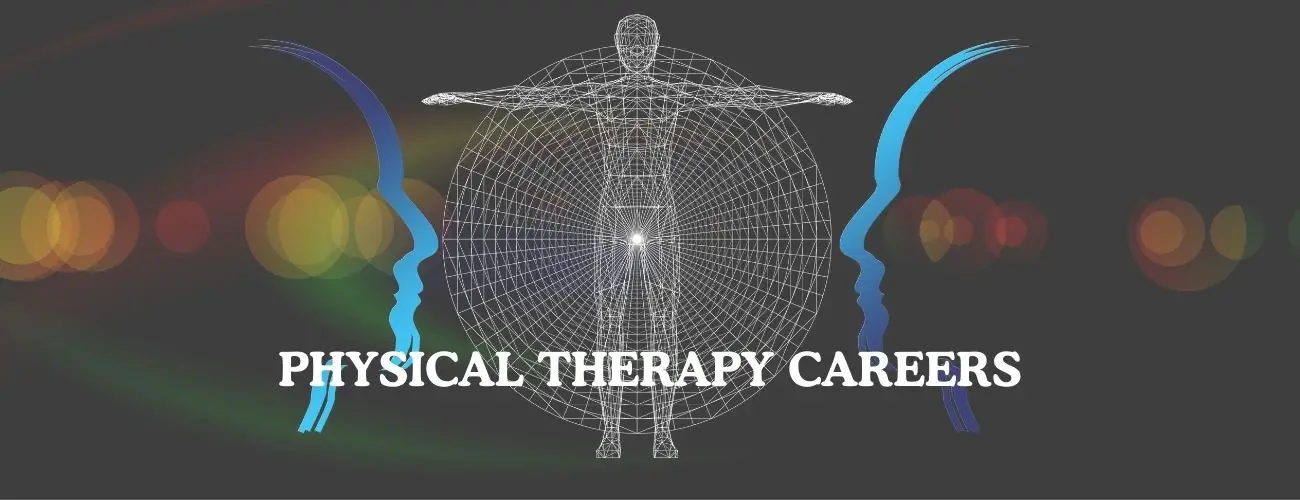Physical Therapist Educational Requirements
This article explains about the various education requirements to become a physical requirements which includes the degrees, experience, license, certification and much more.
Updated by Rakshitha.N on 25th September 2020
In the vast healthcare industry, there are various job profiles and roles to treat patients and address their issues. Among them, Physical therapists are healthcare professionals who are specialized in treating physical injuries, manage pain, and also help in movements of the parts after getting injured with suitable medications and therapies.
To become a physical therapist, there are specific steps you should follow to meet the educational requirements. The education requirements include choosing the right physical therapy programs, gaining experience, earning a license, complete residency programs and others. Hence to understand these better, here is an article to elaborate on each qualification in detail.
Physical Therapist Education Requirements
Initially, the first requirement to become a physical therapist is to earn an undergraduate degree and then choose a graduate degree. In the initial periods of becoming a physical therapist required you to gain a Master of Physical Therapy (MPT) but presently, an accredited Doctor of Physical Therapy (DPT) program is the primary requirement.
To practice as a physical therapist, you require wide knowledge and hands-on experience in the specialized field, attend a residency program, get certifications, and earn a license according to state requirements.
Bachelor’s Degree in Physical Therapy
A bachelor’s degree is required to pursue a further advanced degree in this field. Usually, you must choose to pursue an undergraduate degree with a healthcare-related field. Under this program, students gain basic skills through the course work such as human anatomy, biomechanics, musculoskeletal system, pathology, and neurological dysfunction management.
Some colleges also offer a combined bachelor’s and a doctoral degree which accelerates the overall time taken to become a physical therapist.
Doctoral Degree in Physical Therapy (DPT)
The most important degree level to land in this profession is the doctoral degree in physical therapy (DPT) usually accredited by the Commission on Accreditation in Physical therapy (CAPTE). With more than 200 accredited physical therapy programs, this profession has become one of the fastest-growing professions over the years.
The coursework includes medical diagnostics, patient examination, patient evaluation, orthotics, prosthetics, and medical screening. Alongside this, students also get to experience a clinical setting by learning clinical healthcare courses, patient care, screening, assessment, treatment, and intervention.
Healthcare Courses
In addition to the completion of the physical therapy programs, you can also choose additional courses that give special attention to the courses other than the ones in the curriculum. To stand out among the other students with the same education as yours here are some courses we suggest you to complete,
-
Human anatomy
-
Fundamentals of movement
-
Research methods
-
Clinical practice
-
Exercise physiology
-
Principles of exercise
-
Kinesiology and biomechanics
-
Basic medical sciences
-
Biomechanics
-
Neuroanatomy
-
Pathology
-
Rehabilitative procedures
Certification
To become fully qualified, the certification you earn also adds up on the whole. To enhance your skills, knowledge, and your earning potential, getting certified is necessary. There are various certification courses you can choose, but the American Board of Physical Therapy Specialities (ABPTS) provides eight specialties for your career advancement. They are,
-
Neurology
-
Pulmonary
-
Women’s health
-
Sports - amateur and professional athletics
-
Orthopedics
-
Geriatrics
-
Clinical electrophysiology
-
Cardiovascular & pulmonary
Keep in mind, before applying for the ABPTS certification you must complete your education, gain a minimum practice of 2,000 hours, earn a license and also clear the certification exam.
Licensing
According to the state requirement, you must gain a license to practice medicine. To be eligible to earn the license, you must complete your education through an accredited physical therapy program, clear the National Physical Therapy Examination conducted by the Federation of the state board of Physical Therapy. The exams are designed in a particular way to evaluate the candidate’s knowledge, skills, and theories to treat patients.
Residency and Fellowship
Experience you must gain after completing your degree program is through internships, practicums, and residency to gain professionalism. The residency program by the American Physical Therapy Association (APTA) is held for a total period of 9 to 36 months which also includes 1,500 hours of practice in a clinical setting under the supervision of an experienced therapist.
Fellowships are chosen by a physical therapist who wants to specialize further after the residency program. Usually, sub-specialties are offered under this and can take about 1 year.
Skills Required
-
Attention to detail
-
Good communication skills
-
Analyze the problem and concerns of patients
-
Empathetic and compassionate
-
Physical stamina
-
Organized
-
Time management
-
Technically sound
Conclusion
Becoming qualified by meeting these requirements to become a successful physical therapist also requires you to be up-to-date about the latest technologies and technical advancement in the healthcare industries. Also we suggest you attend conferences, workshops, seminars to build a network and stay current in the advancement of the industry. To conclude, the occupation of a physical therapist is fulfilling and challenging, hence choose this high advancing career path and become resourceful.






61.png)
